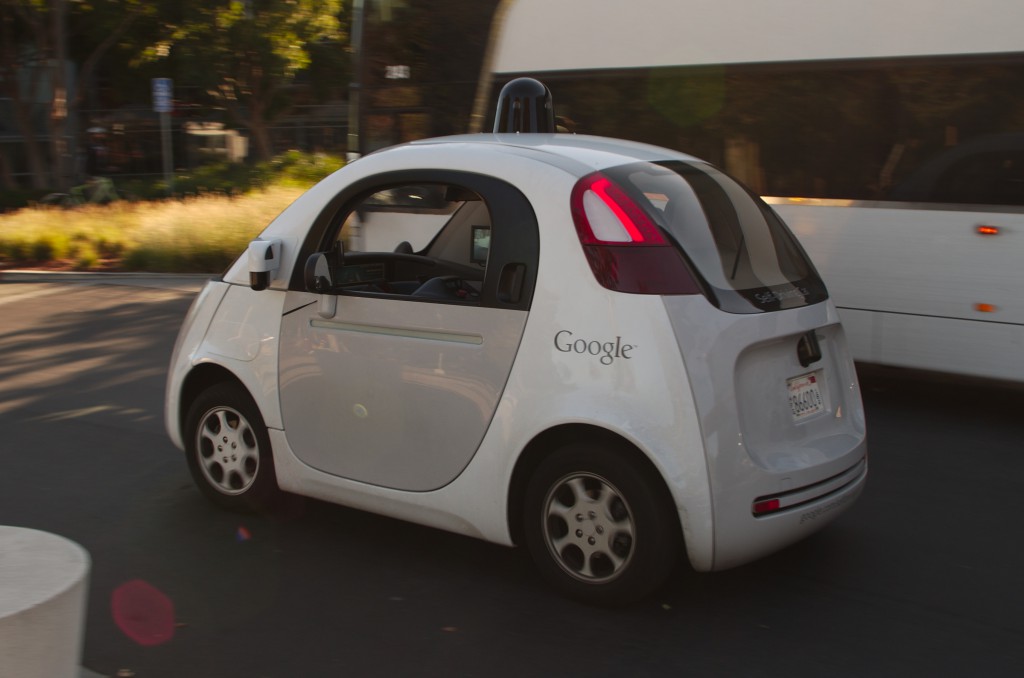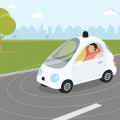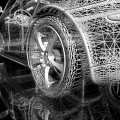
Google is one step closer to getting more driverless cars out on the road. Photo by Michael Shick – Own work, CC BY-SA 4.0
The National Highway Traffic Safety Administration has declared that the computer system piloting the Google self driving car can be considered a driver.
“We agree with Google its (self-driving car) will not have a ‘driver’ in the traditional sense that vehicles have had drivers during the last more than one hundred years,” wrote the NHTSA in the Feb. 4 letter to Google’s self-driving car unit, as reported by Reuters.
The recognition is a major achievement in Google’s vision to fill roads with vehicles that don’t have a person behind the wheel.
The letter comes in response to Google’s Nov. 12 submission of a proposed design for an autonomous car. Google, along with other technology and auto manufacturing companies, is racing to be among the first to develop and sell self-driving cars, considered by many as the transportation of the not-so-distant future.
Google’s driverless cars have sensors all around the vehicle to detect objects as far away as two football fields, including pedestrians, bicycles, other cars and even debris on the streets. The software processes the information to help the car navigate safely and at the appropriate speed without distractions or human error.
So far, Google has logged more than 1 million miles on its driverless cars and is testing them on streets near the company’s headquarters in Mountain View, Calif., as well as in Austin, Texas, and Kirkland, Wash. The test fleet includes modified Lexus SUVs and self-driving prototype cars, all with safety drivers aboard for now to study and monitor.
Proponents of autonomous vehicles say the technology will allow aging or visually impaired people to maintain their independence and give commuters time to do other things in their car. They also say deaths from traffic accidents could be significantly reduced, given that most involve human error.
Still, plenty of legal questions surrounding driverless cars remain. Existing regulations require certain protections, including brake pedals and steering wheels and, if not rewritten, could pose a safety risk if humans try to override the driverless systems.
In January, the NHTSA said it may waive some of the vehicle safety rules to get more driverless cars on the road and to help speed up the development of autonomous cars.





